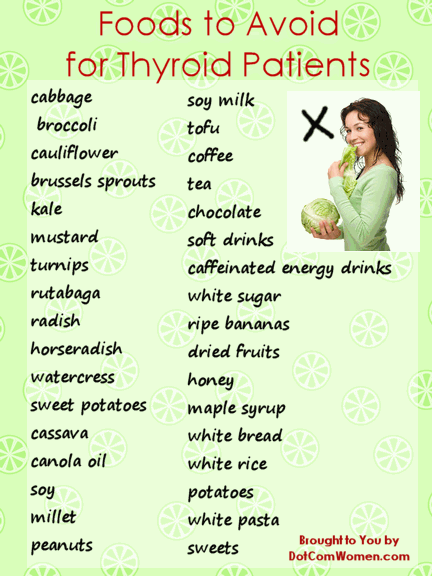What’s the Skinny on Hormone Therapy and the Menopause?
One thing to consider before you read the post: It deals with my opinion only.
I, as a physician, have not been able to come across any clear explanation – even to doctors – about why the confusion and what’s the skinny on a recent publication in the prestigious Journal of the American Medical Association, JAMA. It describes updated results of the original published confusing ones about a decade ago of the Women’s Health Initiative. It’s a long-term study, which evaluated estrogen, estrogen-progesterone and placebo in 27,000 women from ages 50 to 79 on their effects on the heart, cancer and other conditions.The original public results were more negative the current report. Millions of American women, along with lots of men and children, were scarred out their macaroni. This follow-up analysis of the continuation of the study was welcomed. It is as an attempt to clarify the confusion. From my perspective, it fails to do so.

We are now living in a world where the results of clinical studies and surveys are made public every day on almost every subject. In my posts, I’ve begun a mini- crusade to educate the public of the nature of this powerful, mind- influencing trend. I emphasize that the conclusions of many of these studies, even some sophisticated medical ones, are flawed and not to be believed. But people are understandably anxious and concerned about their health and their loved ones and accept the results because there are few guiding voices to turn to for the truth. Take, for example, the effects of multivitamins on one’s health. Despite a number of clinical studies to demonstrate their benefits, the results are do not support them but tens of millions of Americans consume them daily based on marketing forces instead of medical evidence.
Boring as it may be, I urge you to pay attention to the following if you’re concern about hormonal therapy and the menopause: The design of clinical studies is largely based on a statistical formula or algorithm or proof. It may, however, surprise you to know that statistics don’t prove anything. They merely point out that the results are based on the “probability” that something happened. For example, in the women’s study it was “probable” or “statistically significant”that the negative heart results were due to the hormones. If this explanation is clear, reread and then let’s move on.
The more things that are going on in a patient population and the smaller the clinical effect, be it beneficial or harmful, the more difficult it is to design a credible statistical-probability formula.For example, to measure whether insulin can lower blood sugar requires, because of its immediate and dramatic effect, from one to three patients to be studied for a couple hours. The statistical formula is not difficult for it deals with only two easy to measure factors or variables- insulin and blood sugar.When, however, it comes to 27,000 women taking hormones over many years, you encounter many hundreds of variables such as genetic and epigenetic expression, age, weight, diet, depression, pain, fatigue, job, stress level, compliance -which means whether women are taking their hormones religiously, other pharmaceuticals and nutraceuticals-and in this age group they are taking multiple ones, reliability in their reporting and how these factors, which is extremely important, interact with one another and so on and so forth.
Now if in the study the effect on heart or cancer was as dramatic as that of the polio vaccine on poliomyelitis, there would be no problem with the statistical formula used in the women’s study. But these effects were not- not even close. The differences were small- very small. There could be a number of reasons for this but the first question to be asked of this type of study should be, “Was the statistical algorithm good enough to handle the hundreds of variables?” I would guess not.
What then is the solution? Highly specialized probability statisticians experts are a minority group in the field of statistics.*After they become statisticians who are already trained in probability statistics, they take further advanced courses to enhance their expertise in this very difficult mathematical field – sometimes up to two years. I would strongly urge that a group of these experts be formed to review this study, as well as others of such importance, and “published” their opinion along with the physicians. That’s how you get to the truth. Until such time, confusion, as with the multivitamin and other studies, will be the rule the day rather than be the exception.
You’re probably waiting for my clinical advice. I first was an endocrinologist trained at one of our prestigious institution where Pergonal was first given- before many of you were born! I then became an expert in clinical trials, so you would think that I would have the answers. I don’t because of the statistical dilemma. The good news is that there were, with possible exceptions, no obvious, exceptionally harmful adverse or toxic effects. Also, there are other studies on these hormones that are publicly available and should be considered. A good clinician is perfectly capable of making a judgment call after explaining to you the risk/benefits of taking these hormones. If, for example, a woman entering her menopause is experiencing heat flashes which are significantly disrupting her quality of life including her emotional stability and libido, then the risk of taking these hormones appear to be acceptable. If, however, a woman is 20 years past her menopause and has coronary artery disease, then the risk/benefit would rule against the hormones. And then there are case those in between – and that’s where a good clinician is needed.
About the Author
Lorenzo Baccalà is an Italian American physician, author and social philosopher.
Blog: http://lorenzobaccala.wordpress.com
Twitter: https://twitter.com/LorenzoBaccala
Facebook: https://www.facebook.com/pages/Lorenzo-Baccala/497127363704915?ref=hl



